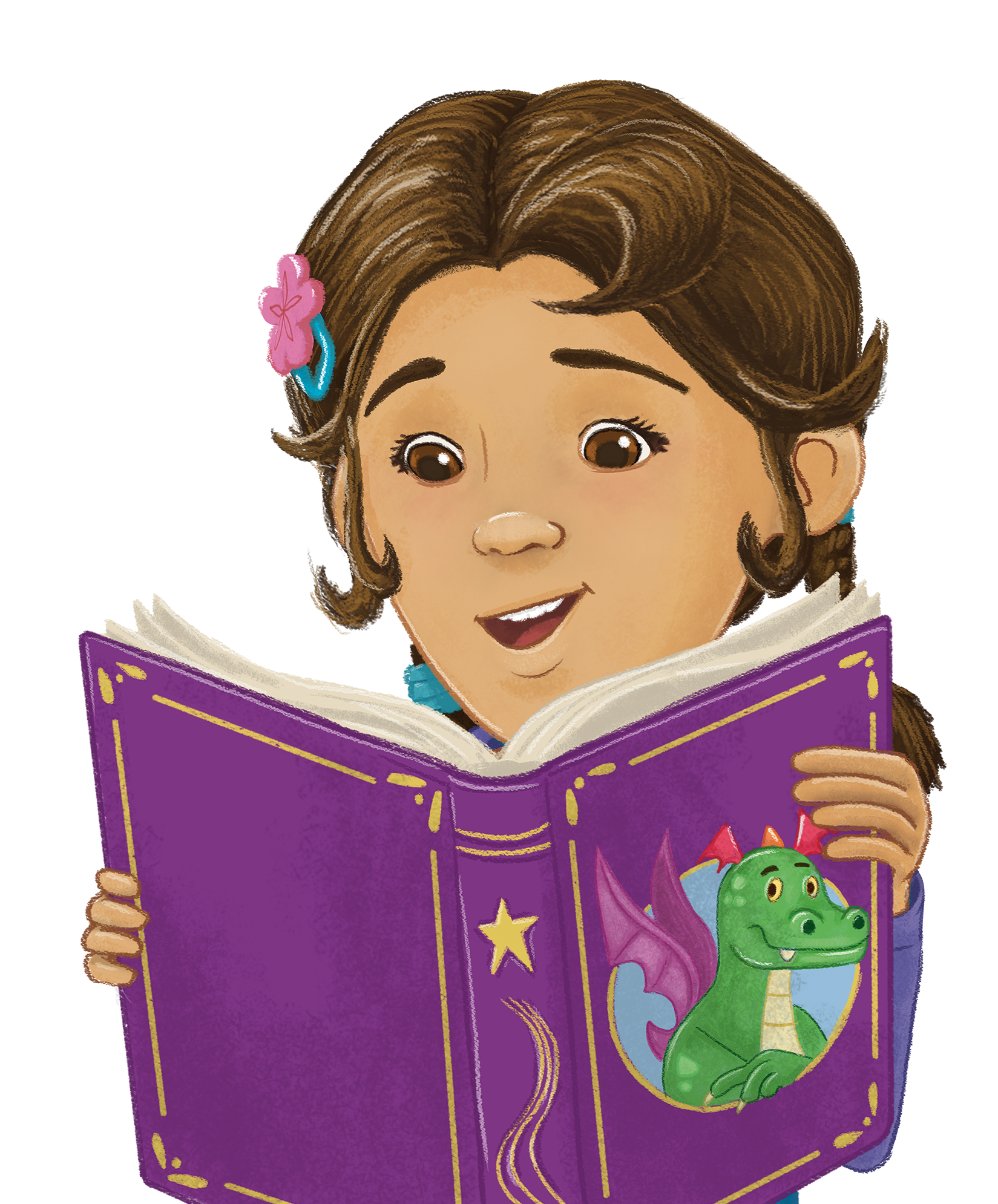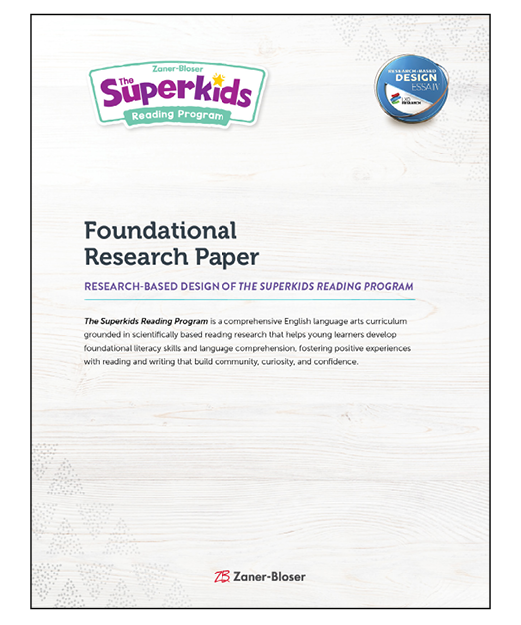
Effective and Evidence-Based Learning with Superkids
The Superkids Reading Program is intentionally designed for K–2 learners because research shows that students entering grade 3 need a solid foundation in critical early literacy skills, a deep understanding of the alphabetic code, and enough background knowledge to facilitate comprehension to find success through the rest of their academic careers. Superkids solidifies these skills with instruction informed by converging research from the fields of education and neuroscience.
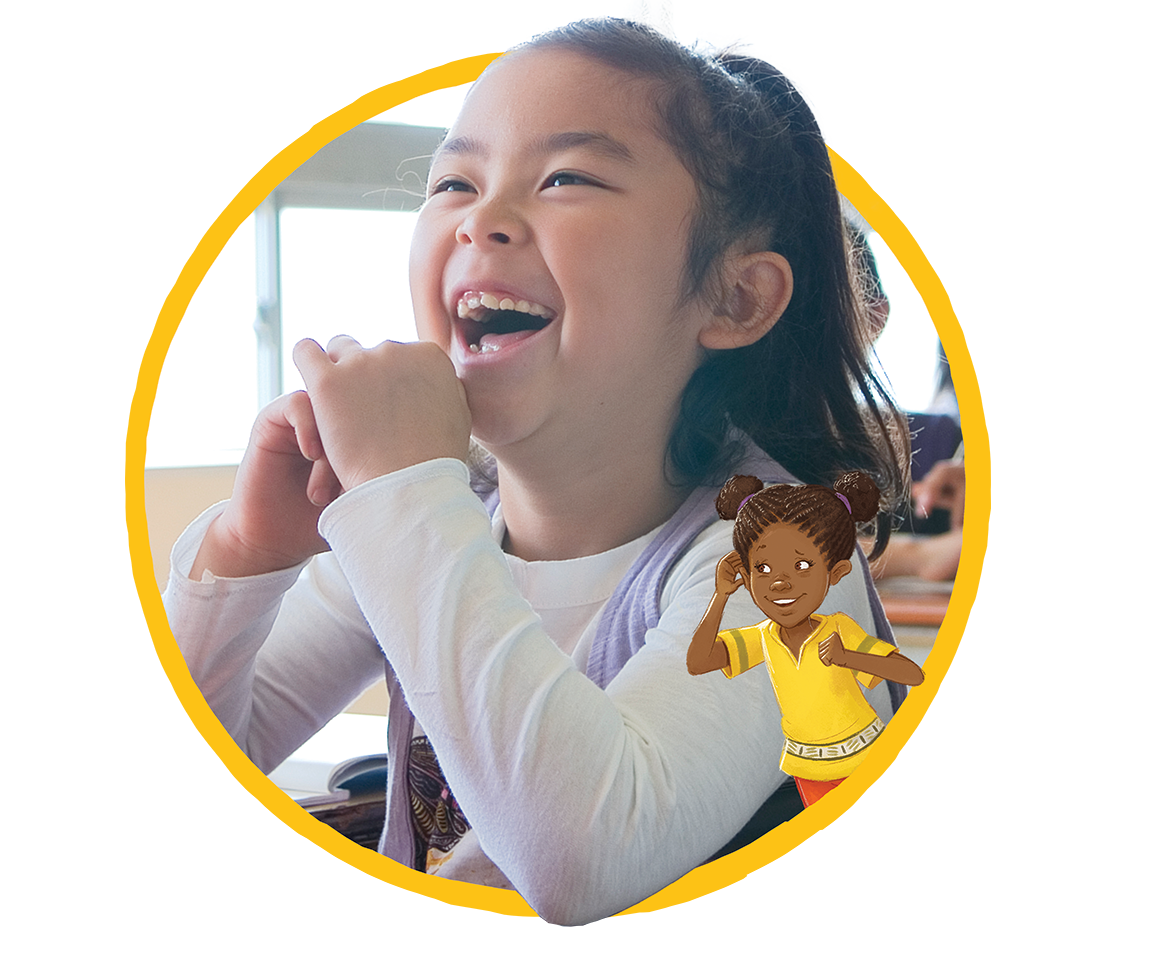
Pedagogy with Proven Efficacy
The Superkids Reading Program is designed to maximize outcomes through research-validated instructional practices. These evidence-based practices lead to gains in student achievement and long-lasting impacts on academic success.
Learn more about the research behind the program.
Download the foundational research paper for The Superkids Reading Program © 2026, reviewed by LXD Research and awarded Tier IV under ESSA guidelines. The paper includes an ESSA-aligned logic model and describes the program’s theory of action, along with the research-based instructional strategies, pedagogical approaches, and empirical evidence that informed its most recent revision.
The new edition of The Superkids Reading Program has been awarded ESSA Tier IV by LXD Research for its research-based design, and we are actively working on additional certifications. Contact us for more information.
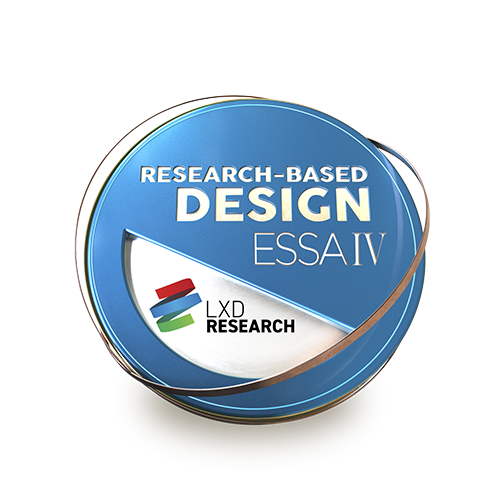
Evidence shows that The Superkids Reading Program is highly effective in improving reading achievement for students of all backgrounds in all types of schools.
Independent Studies
The following reports present studies conducted by independent researchers into the effectiveness of Superkids.
Study by Ohio State University Professor Shows Strong Effects for SuperkidsPeer-reviewed Scientific Study Confirms Superkids Superior Results
Superkids Students Dramatically Outperform Control Group
Three-year Longitudinal Study Shows Impressive Gains for 1,800 Superkids Students
Independent Researchers Discover Rapid Student Progress With Superkids
The Science Behind Superkids
With evidence-based instruction, nearly every student can learn to read. Superkids relies on the vast body of scientifically based reading research to inform what to teach and how to teach it, ensuring that K–2 students have the foundation they need for lifelong literacy success. Review the following resources to learn more about the evidence upon which Superkids is built.
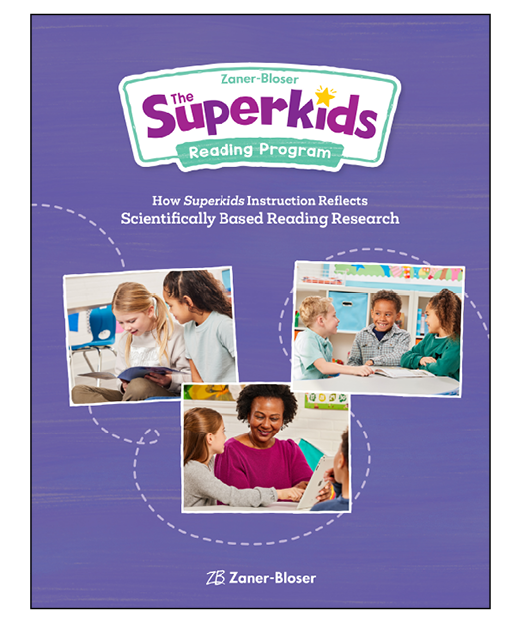
How Superkids Instruction Reflects Scientifically Based Reading Research
How does Superkids align to prevalent theoretical reading models? Download the brochure now.
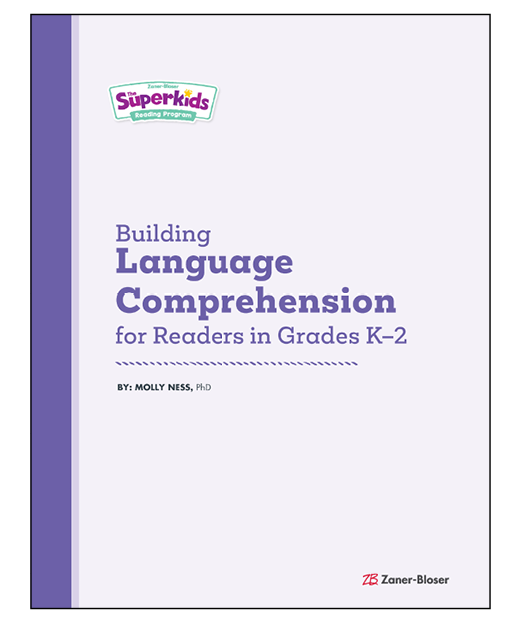
Building Language Comprehension for Readers in Grades K–2
What does research tell us about developing language comprehension in early readers? What implications does that research have for instruction? Read the white paper by Dr. Molly Ness to explore language comprehension strategies for K–2 readers.

The Science of Reading: Evidence for a New Era of Reading Instruction
What does the science of reading say about the five components of reading and which components to emphasize throughout a child’s development? What are the principles of evidence-based reading instruction that exemplify a science of reading approach? Read the white paper now.
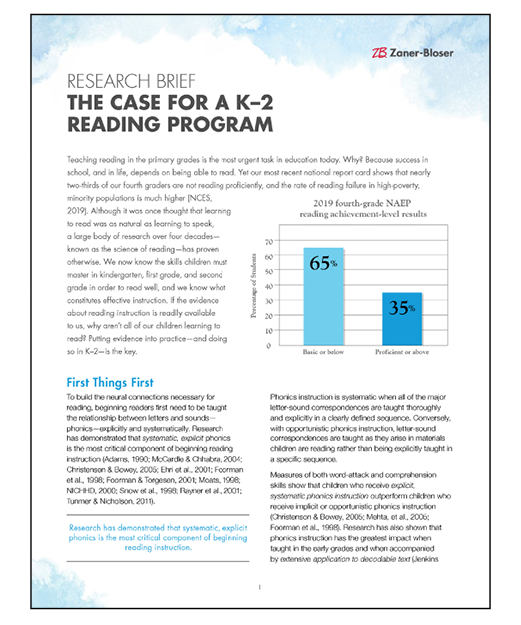
The Case for a K–2 Reading Program
Why adopt a K–2 reading program? Learn what the research says about why putting the evidence into practice in these early grades is key.
The History of Superkids
As a young teacher, Pleasant Rowland stood before a classroom of eager second graders and realized something: The materials she was given to teach reading weren’t working. For the sake of her students, she decided to do something about it.
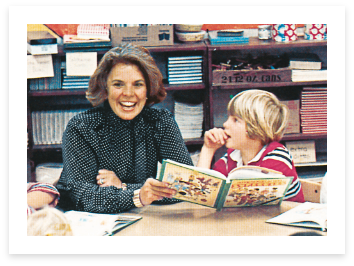
Read More
Ms. Rowland embarked on a research journey. She wanted to learn what the most respected reading and educational researchers of the day said about teaching reading. She studied Jean Chall, Romalda Spalding, Orton-Gillingham, and others. In 1978, Ms. Rowland, the author of Superkids, published what she learned from research and her own classroom experiences in the program.
Fast-forward about 40 years. Research into the cognitive processes underlying reading has advanced dramatically. Today, we can actually watch what happens inside the brain as children learn to read. As a result, we know with more certainty than ever what constitutes effective reading instruction. Interestingly, much of what we know now about learning to read was suggested by researchers 40 years ago.
The findings of the National Reading Panel in 2000 and other current research verified the principles and practices of the beginning reading program that resulted from Ms. Rowland’s teaching and study in the 1970s. As a result, she was convinced the time was right to reintroduce The Superkids Reading Program. The nonprofit Rowland Reading Foundation was formed in 2003 to improve reading instruction and reintroduce Superkids. Since that time, the program has been continually improved with feedback from teachers and evidence-based research. Zaner-Bloser has published Superkids since 2015.
Connect With Us to Learn More About the Science of Superkids
Interested in learning more about how Superkids follows scientific evidence and improves literacy outcomes? Contact us today!
Contact Zaner-Bloser
